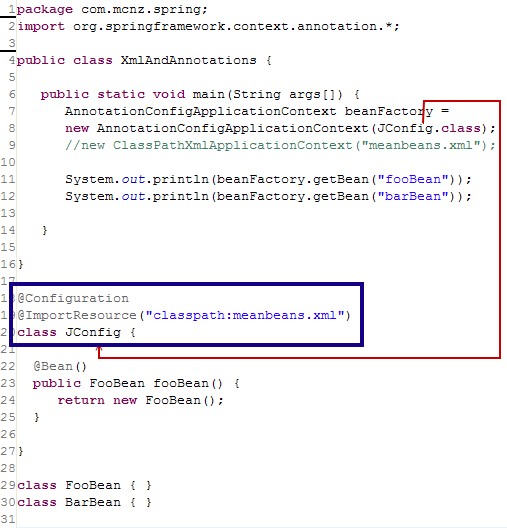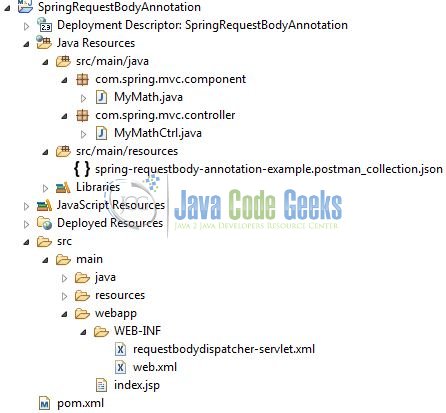


The annotation may be used in any of the following three ways:
Spring annotations registration#
annotation indicate that a component is only eligible for registration in spring context, when all the specified conditions are matched. We can now define and apply these custom conditions using annotation. Similar to how Spring Boot magically loads default configuration, we also sometime want to load beans and modules into Spring application context based on custom conditions. java version, operating system, cloud platform, web application etc.property defined in application.yml or application.properties file, system property, environment variable.availability of dependency, resource, or class in the classpath.Spring Boot heavily use annotation to load default configurations and beans based on conditions. Spring Boot does this magic using annotation. default DataSource configuration when it find spring-boot-starter-data-jpa dependency in the classpath.default Jackson request and response mapping when it find spring-boot-starter-web dependency in the classpath.You can change the default client to OkHttpClient or ApacheHttpClient by just changing the dependency in the classpath. default HttpClient configuration when it find spring-cloud-starter-openfeign dependency in the classpath.You can change the default embedded tomcat server to Jetty or Undertow by just changing the dependency in the classpath. default embedded Tomcat server when it doesn’t see any server dependency or configuration in the classpath.Spring Boot provides default (auto) configuration for a module when it finds related dependency in the classpath. Import = "classpath:root.In this tutorial, we’ll take a look at Conditional Annotations in Spring Boot with examples. Now we have to create a Configuration class and provide a method for DBConnection class. ("Password = " + String.valueOf(password)) Spring framework provides Value annotation in the .annotation package. Never do below in production environment :D Based on your edits, you need a different settings.xml for Maven. Be careful if you delete your repo if you have artifacts that dont come from an online repo. If maven does not work from the CLI, fix it (perhaps you do need to delete your repository and re-download everything).
Spring annotations password#
Public class DBConnection String String String char password Test from the command line to make sure Maven is setup properly. Our final project structure will look like below image, we will look each of the components one by one.Ĭreate a component class where we will inject variable values through annotation. Let’s create a simple Spring application where we will use annotation to read properties and assign them to class variables.Ĭreate a maven project and add spring core dependencies. If we want different values for different arguments then we can use annotation directly with the void printValues(String s, String v) If the method has multiple arguments, then every argument value is mapped from the method annotation. When the annotation is found on a method, Spring context will invoke it when all the spring configurations and beans are getting loaded. So we can read java home system property using SpEL String javaHome We can also use Spring Expression Language with annotation. So we can assign system variables too using String String homeDir When Spring environment is populated, it reads all the system environment variables and stores it as properties.


 0 kommentar(er)
0 kommentar(er)
